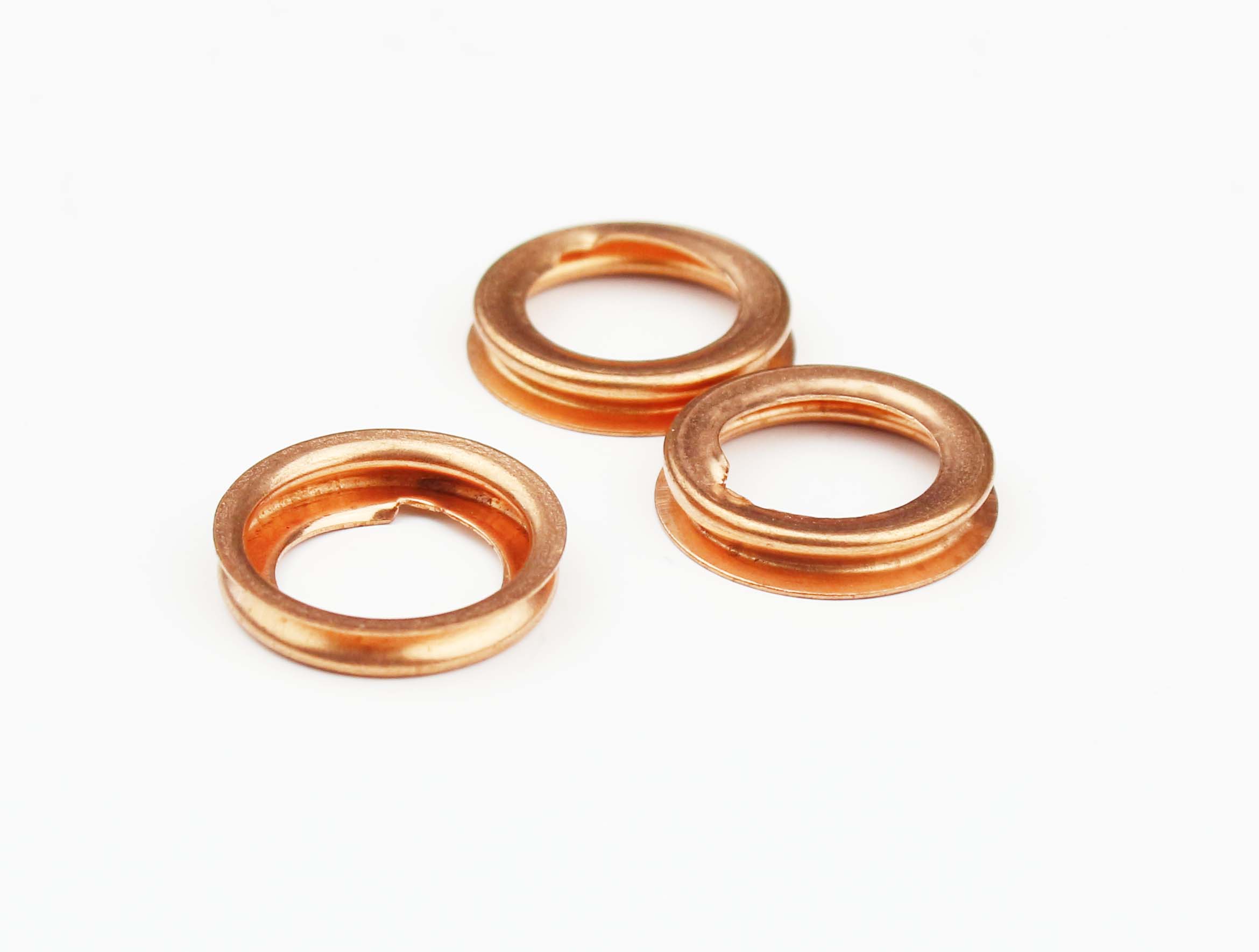transmission dipstick tube seal
Understanding the Transmission Dipstick Tube Seal
The transmission dipstick tube seal is a crucial component in maintaining the overall health and functionality of a vehicle's transmission system. While it may seem minor compared to other parts, its role is significant in preventing fluid leaks, ensuring optimal operation, and extending the lifespan of the transmission.
What is a Transmission Dipstick Tube Seal?
The dipstick tube seal is designed to create a tight seal around the dipstick tube, which is the access point for checking the transmission fluid level. This seal prevents transmission fluid from leaking out of the tube and ensures that contaminants, dirt, and moisture do not enter the transmission system. Typically made from durable materials such as rubber or silicone, these seals are engineered to withstand harsh conditions and maintain their elasticity over time.
Importance of the Dipstick Tube Seal
1. Leak Prevention One of the primary functions of the dipstick tube seal is to prevent fluid leaks. Transmission fluid is essential for lubricating gears and facilitating smoother shifts. When there is a leak, it can lead to low fluid levels, resulting in transmission overheating, increased wear on components, and even total transmission failure.
2. Contaminant Barrier The seal acts as a barrier against contaminants. Dust, dirt, and moisture can significantly impair the transmission's performance. A compromised seal can allow these harmful substances to enter the system, causing sludge buildup and potential damage to internal components.
3. Fluid Maintenance Regularly checking the transmission fluid level is essential for vehicle maintenance. A functioning dipstick tube seal ensures that the fluid remains at the correct level, allowing for accurate readings when checking the dipstick. Maintaining proper fluid levels is crucial for gear engagement and overall function.
Signs of a Failing Dipstick Tube Seal
Over time, the seal may degrade due to exposure to heat, chemicals, and mechanical wear. Recognizing the symptoms of a failing dipstick tube seal can help prevent more severe transmission issues. Some signs to watch for include
- Fluid Leaks If you notice transmission fluid pooling under your vehicle or a trail of fluid when parked, it might indicate that the dipstick tube seal is compromised
. - Dirty Fluid When checking the transmission fluid, if it appears dirty or contains visible contaminants, this can suggest that the seal is not functioning properly.transmission dipstick tube seal

- Fluctuations in Fluid Levels An irregular drop in fluid levels despite no apparent leaks could indicate that contaminants are entering the transmission.
Replacing the Dipstick Tube Seal
Should you find that the dipstick tube seal is indeed damaged, replacing it is often a straightforward task. Here are the general steps involved
1. Preparation Ensure the vehicle is parked on a level surface, and gather necessary tools and replacement seals.
2. Remove the Dipstick Carefully pull the dipstick out of the tube to expose the seal.
3. Replace the Seal Remove the old seal and install the new one. Ensure it fits snugly and is seated properly.
4. Reinsert the Dipstick Once the new seal is in place, reinsert the dipstick and ensure it is secure.
5. Check for Leaks After replacement, monitor for any signs of leakage over the next few days.
Conclusion
In conclusion, the transmission dipstick tube seal may be a small component, but its importance cannot be overlooked. By preventing leaks and protecting the transmission system from contaminants, it plays a vital role in ensuring the longevity and efficiency of your vehicle's transmission. Regular inspections and timely replacements of this seal can help avoid costly repairs and keep your vehicle running smoothly. For optimal performance, always consult your vehicle's service manual or a qualified mechanic when addressing transmission issues.
-
The Ultimate Guide to Car Repair Kits: Tools and Essentials Every Driver Should Own
News Aug.01,2025
-
The Complete Guide to Oil Pan Gaskets: Sealing Engine Leaks the Right Way
News Aug.01,2025
-
Preventing Oil Leaks: A Complete Guide to Oil Pan Gaskets and Drain Seals
News Aug.01,2025
-
Everything You Need to Know About Oil Pan Gaskets and Drain Plug Seals
News Aug.01,2025
-
Essential for Car Owners: How to Use a Car Repair Kit to Deal with Minor Breakdown
News Aug.01,2025
-
Comprehensive Guide to Engine Oil Sump Gaskets and Related Seals
News Aug.01,2025
-
The Ultimate Guide to Boat Propeller Bearings and Trailer Wheel Bearings
News Jul.31,2025
Products categories















